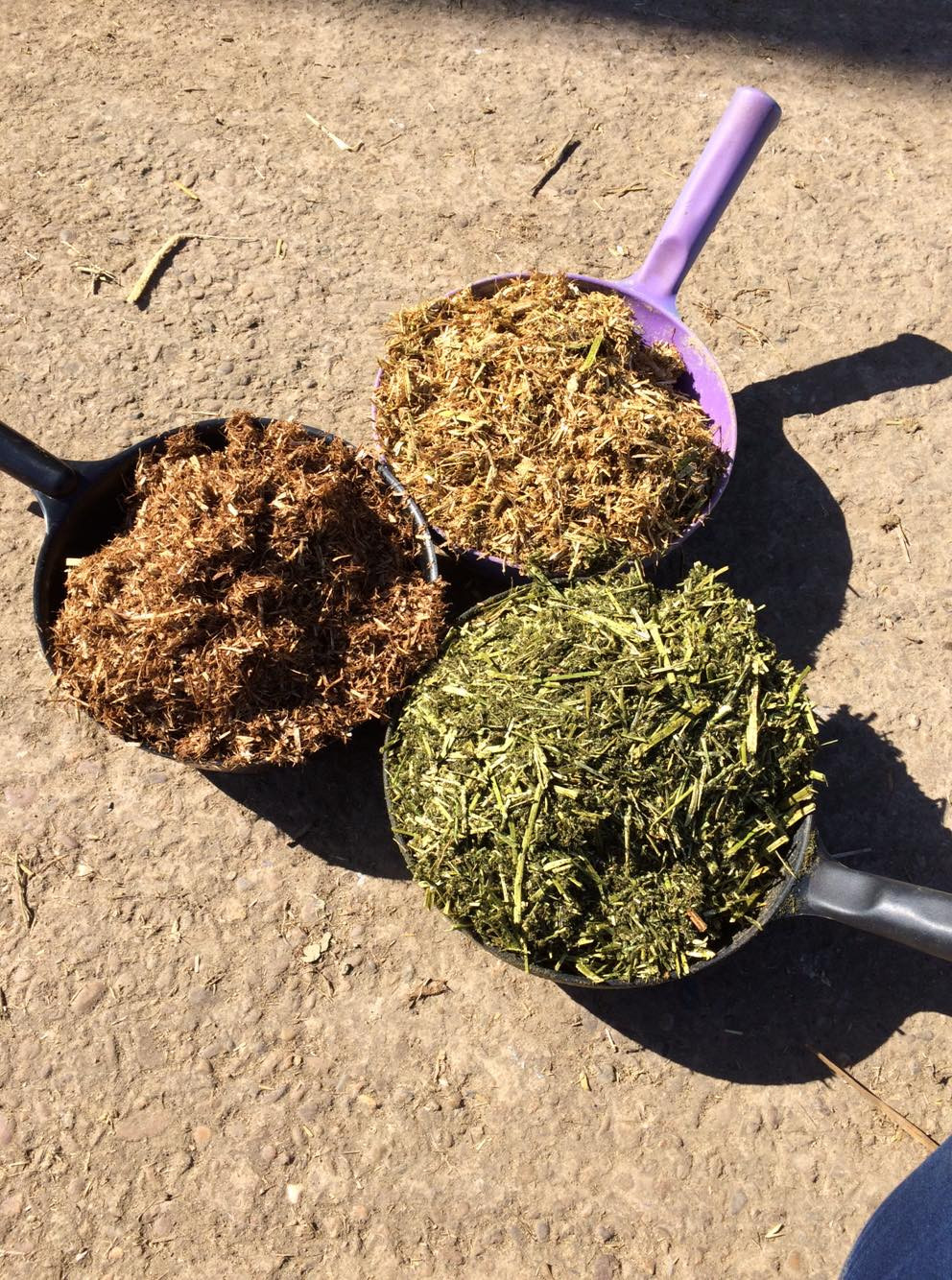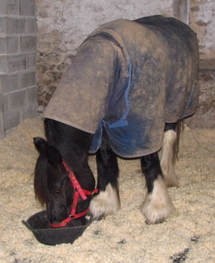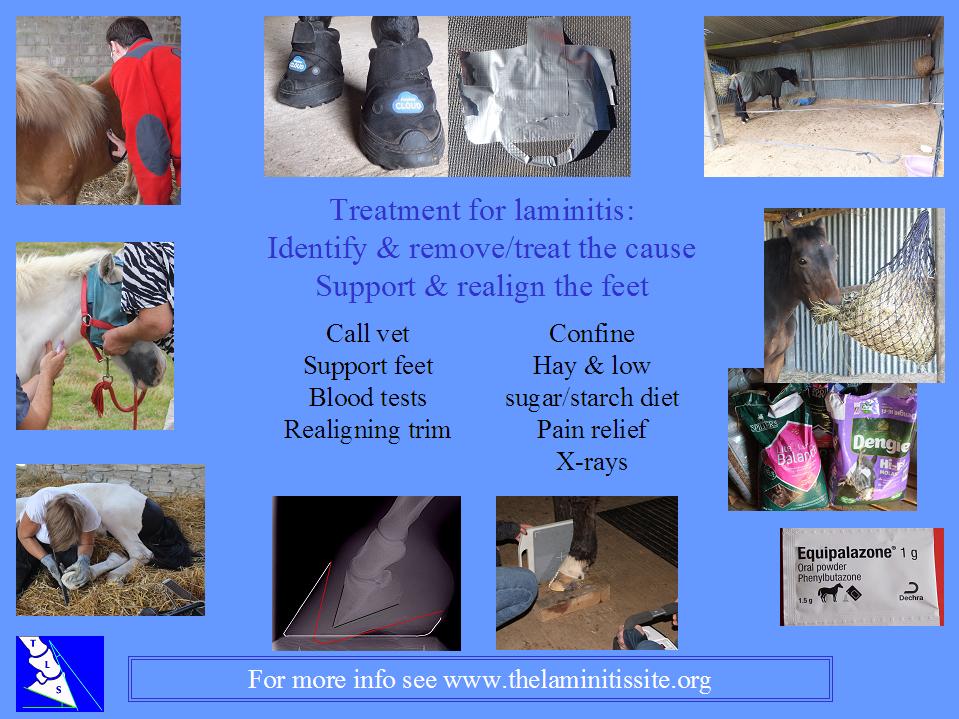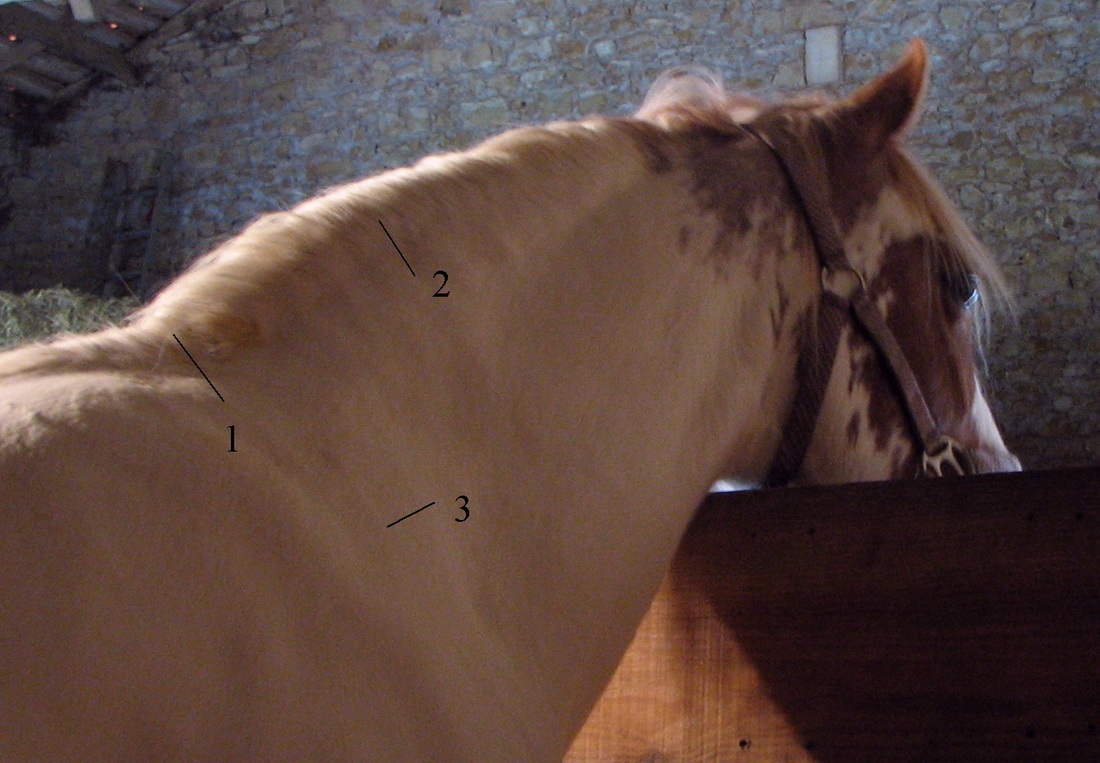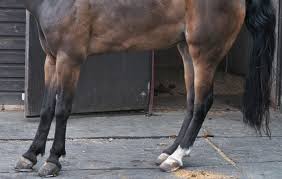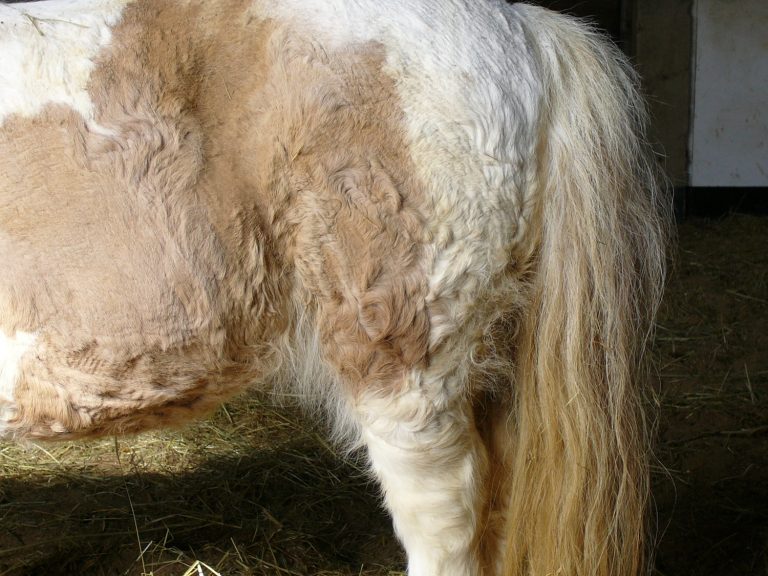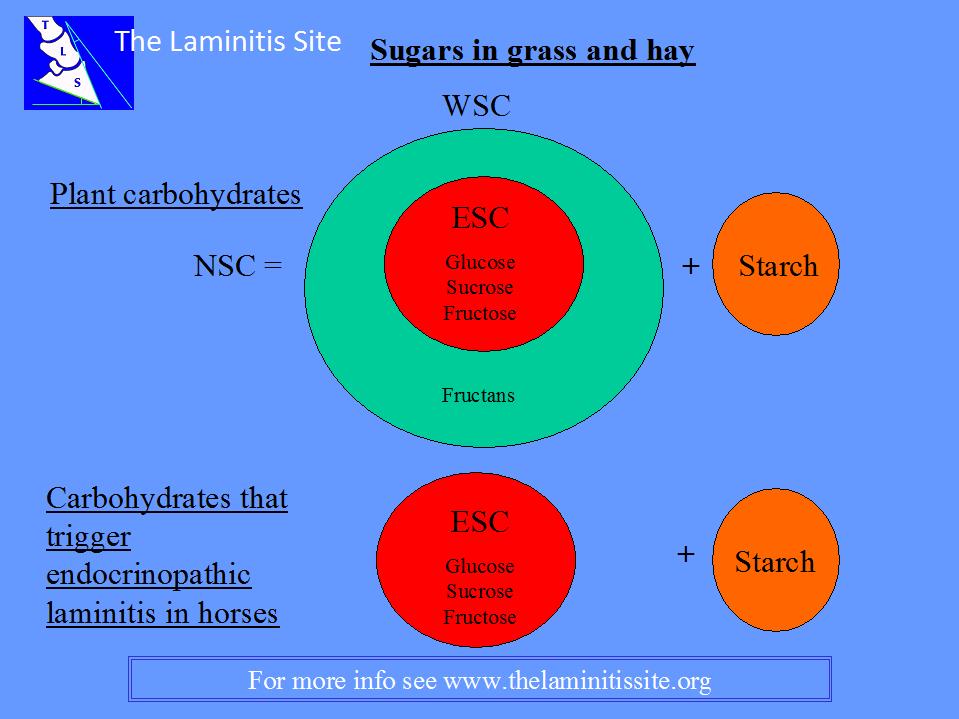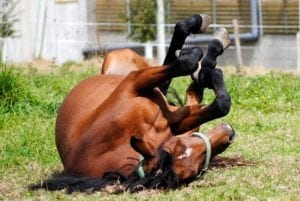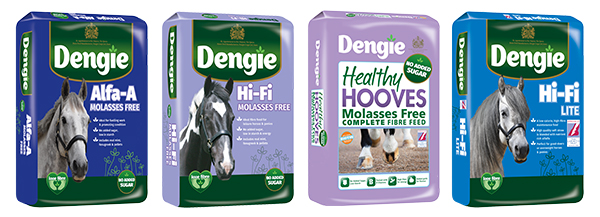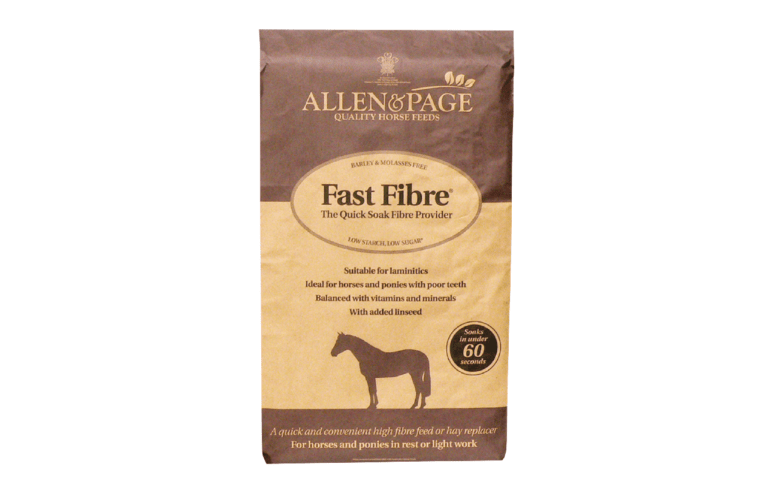Best Chaff For Laminitis

Chaff is an important part of a horses diet.
Best chaff for laminitis. The laminitic horse s diet needs to be low in sugar we could get all very technical here and call sugars non structural carbohydr. For laminitic horses and ponies it can be used with a balancer or vitamin and mineral supplement to make up a low calorie balanced diet and for older laminitic horses with dental problems as a forage replacement. Emergency diet for a horse with endocrinopathic laminitis feed. An equine nutritionist offers advice on the best hay to feed a horse who is at risk of developing laminitis.
If your horse has very recently suffered a bout of laminitis and is still sore it is best to avoid grazing completely until the animal is once again sound. Getting your horse or pony s diet right with a case of laminitis is an essential part of their care and recovery. Wheaten chaff small amount of lucerne chaff or oaten chaff for flavour with no grain. Here s what you should be feeding.
The inclusion of fibre in the form of alfalfa and chaff ensures increased chewing time which is beneficial for horses or ponies on a restricted diet and can help to maintain a healthy digestive system. It is important to consider when choosing which chaff to use what the ingredients are. Cushings related laminitis if the founder or laminitis is due to a disorder such as cushings disease your equine veterinarian will be able to suggest a medication that can control these bouts of laminitis. Hay feed approx.
Feed chaff and hay that have a low sugar and starch level. In the laminitic horse exercise may not be possible. L mix is a chaff based feed that is suitable for those prone to laminitis with a combined starch and sugar level of only 5 25. If extra calories are required to what low non structural carbohydrate forage can provide then be careful to select low nsc grain free feeds or ingredients.
1 5 2 bodyweight hay depending on whether weight loss is needed 1 5 or not 2 so 7 5 10 kg for a 500 kg horse 3 75 5 kg for a 250 kg pony soaked for at least 1 hour then drained to reduce sugars or analysed to show combined sugar starch no more than 10. An equine nutritionist offers advice on the best hay to feed a horse who is at risk of developing laminitis. Diet to the rescue.
